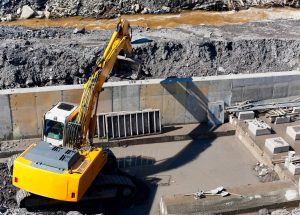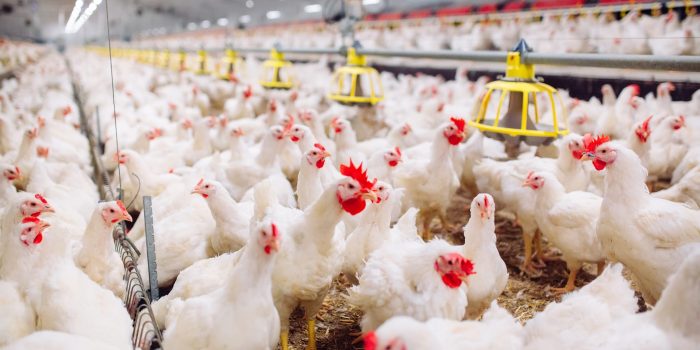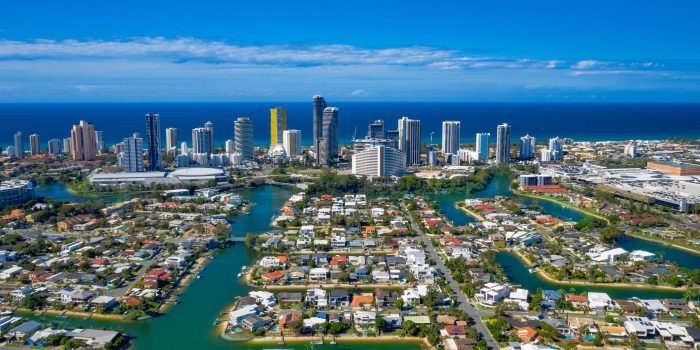Is a neighbour who excavates on a boundary line below the ground level of the adjoining property, liable for damage caused to improvements on that land that only appears decades later?
Consider the case of Bill and Sophia Iliopoulos who did exactly that when building their home at 20 Ingrid Road, Kareela in Southern Sydney in 1982.

Joe and Cathy Kalgovas acquired No 18 in 1986 and shortly after taking up residence, built a concrete-tread stairway to descend from the street frontage along the boundary to create a convenient means of access to the rear of their land fronting Oyster Bay on the Georges River.
In 2014 they observed the stairway and a paved area adjacent to the garage adjacent to the boundary beginning to subside.
They filed a lawsuit in the NSW Supreme Court against their neighbour at No 20 in 2015 claiming trespass and nuisance and sought an injunction to require an adequate wall on the No 20 side of the boundary to restore adequate support of the No 18 land.
When the matter came before him, Justice Rowan Darke had to consider whether the stacking of dry stone against the wall of the boundary excavation was sufficient to discharge the Iliopoulos’ statutory obligations not to remove support for the neighbour’s land.
To support their case Joe and Cathy enlisted geotechnical engineer Nicholas Smith, civil engineer Dimitri Mitsopoulos and structural engineer Ken Demlakian.
The evidence of those experts was variously that the dry stone wall was “completely inadequate and defective” due to “insufficient thickness” and “poor construction” thereby causing the subsidence.
The Iliopoulos’ engineer Nicholas Kokolis was less scathing but agreed it was inadequate.
Justice Darke thus ruled that the wall was insufficient to perform a retaining function and that all the damage to the improvements at No 18 were caused as a result.
And given the first “non-negligible damage” was not suffered until 2014 when it first came to the plaintiffs’ notice, the action was not commenced out of time notwithstanding that the damage itself was first sustained in about 1990.
The real issue between the parties was the means and cost of rectification of the problem.
Mr Kokolis – for No 20 – proposed a low-cost solution at about $52k.
His colleague Demlakian thought that method was inadequate and offered a $490k tear-it-down and start over answer to the problem.
His Honour ordered that the wall be rectified essentially according to Mr Kokolis less expensive proposal.
Not persuaded that the encroachment of the wall into No 18 was anything other than “minor” and because it did not give rise to any “particular or a substantial impediment or restriction upon the plaintiffs’ use of the land”, Justice Darke was not prepared to order it be removed because doing so would have incurred the $490k expense, something that was “well out of proportion to the benefit that would arise from the elimination of the encroachment itself”.
Damages for trespass and nuisance were refused for similar reasons but the assessment of the plaintiffs’ damages on the principal claim – for the removal of support of their land over the 30yr period – was deferred until the requisite works are completed.
The NSW provision in section 177 of the Conveyancing Act introduced in 2000 creates an action in negligence in relation to the right of support for land that replaces the common law obligation.
In Queensland, the common law – the right of a landowner to have the land in its natural state supported by the land of an adjoining owner – applies and is assisted by section 179 of the Property Law Act which creates a statutory cause of action in circumstances where such support is withdrawn.
Kalgovas v Iliopoulos [2022] NSWSC 70 Darke, 8 February 2022 Read case





